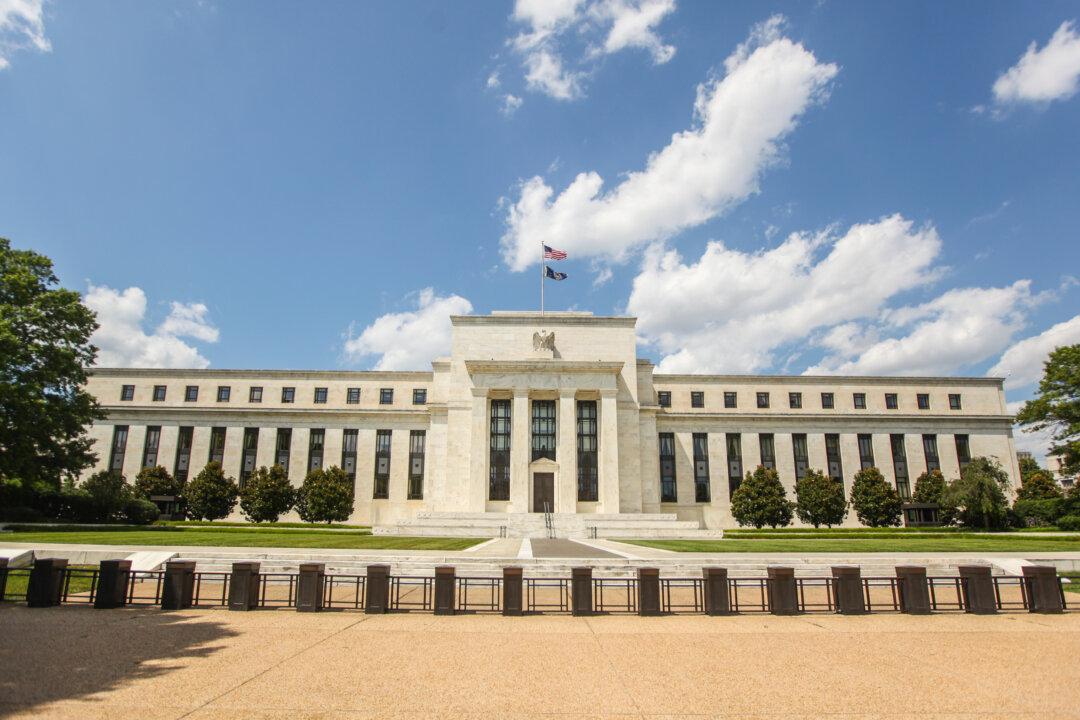For China, things have been going according to plan in recent weeks. Despite the slowing economy and more stimulus, bad news about capital outflows have abated.
Instead, the regime successfully leaked its plans to fully float the yuan by 2020. This is probably an effort to convince the International Monetary Fund to include it in its global reserve currency this month.
However, some cynics might say the float will come sooner rather than later and not by choice. As much as $850 billion in capital left China by the end of September 2015, putting huge pressure on the currency.
The country may be hiding even more capital outflow through derivative contracts.
Judging by the example of Brazil, this practice probably won’t end well. “They are using forwards like Brazil does. This masks the capital outflow because they are getting banks to short the dollar on paper. That is what Brazil did and it was a disaster,” said Jeffrey Snider of Alhambra Investment Partners.
In layman’s terms, this means the regime is forcing state-controlled banks to enter into derivative transactions—a bet purely on paper—to push up the value of the yuan, rather than outright sell foreign exchange reserves.
This practice can mask the reserve drain until the forward positions are unwound, because derivative contracts by private banks aren’t often reported publicly.





